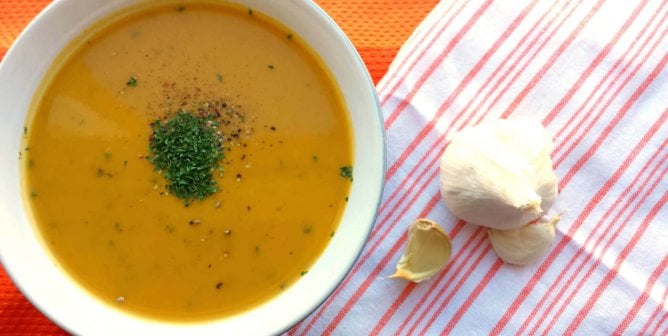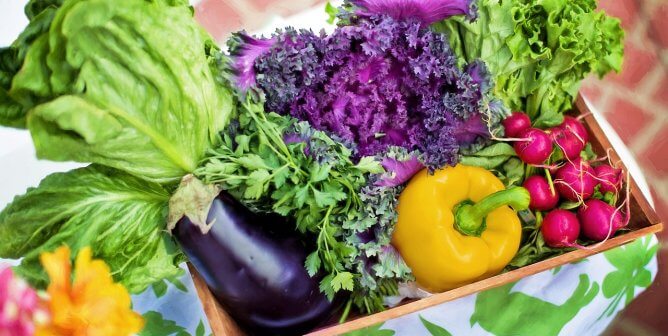One of my personal holiday gift-giving traditions is to make and give as gifts my own jams and jellies. Making jams and jellies doesn’t require too many materials, you don’t have to be an expert in the kitchen, and you can knock out eight to 12 4-ounce jars of jam at a time.
If you’re making jam or jelly, you need pectin, your fruit of choice, and sugar. I generally use Sure-Jell Certo liquid pectin, and I recommend buying the pectin first. In every package, there’s a huge page of instructions and recipes for all different types of fruit jams. I then buy the fruit and the sugar after I consult the recipes so that I buy enough of it (trust me, you do not want to run out of sugar in the middle of making jam!).
There are a few supplies other than Mason canning jars that you really need to get before canning high-acid foods (fruit, tomatoes, and pickled goods). The most useful is a water-bath canner (which runs $20 to $30), a wide-mouth funnel, a canning rack, and a jar lifter (many places sell kits, which pretty much include everything you need and run about $50). If you don’t want to buy online, many local hardware stores sell canning supplies.
Once you’ve made basic jams a few times, you can start to get creative. Last year, I made a pomegranate–red pepper jelly, and this year I’ve so far made blueberry–red tea jam, mango-rose jam, and strawberry-plum-ginger jam. Making jam and jelly is not nearly as hard as one might think, and your loved ones will be ecstatic when they receive such a thoughtful present.
When giving the gift of jam, I take a couple of different approaches. If I am giving it to people in person, I generally bake a loaf of bread, wrap the jam and the bread in fabric, and place them in a basket. If I’m mailing the presents to friends, I generally buy some tea and a teacup, box them all together, wrap it up, and send it off.
If you really get into canning foods, I recommend picking up the USDA’s a Complete Guide to Home Canning and Preserving?it is an extremely comprehensive resource, and no one who cans (other than occasionally making jam) should be without it. Happy canning!
Text VEG to 73822 to get the latest vegan lifestyle tips, recipes, and urgent action alerts texted right to your phone.
Terms for automated texts/calls from PETA: https://peta.vg/txt. Text STOP to end, HELP for more info. Msg/data rates may apply. U.S. only.







